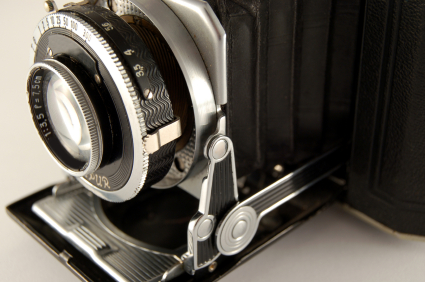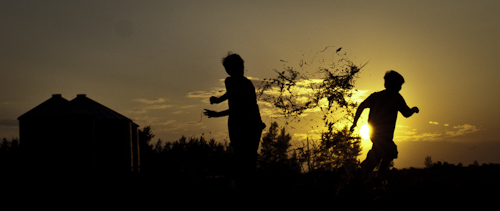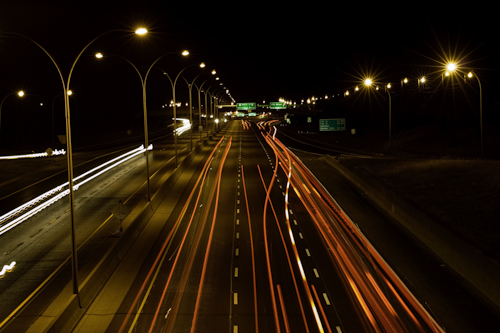Interested in becoming a photographer, or persuing it as a major hobby? Initially, it may seem easy: click button, download image, print picture, make money selling.
Here is the short version of the story: It does NOT work like that.
Forget about making money for the next few years until you build a professional and well diversified portfolio, and have returning clients. That is far into the future… but you’re just starting photography, so here are some building block steps to follow:
Buying a camera:
Begin by buying a dSLR camera that has some presets, AND advanced functions such as AV (aperture priority), M (manual), TV (shutter priority), and other such functions (those are the major three). Buying a dSLR entry level camera now will give you the advanced functions for future use, and the beginner functions for easy training. Personally I highly recommend any of the Canon Rebel series camera’s. It is a popular brand so help and support is easy to find. Do NOT be jumped by the “megapixel” hype!

Let’s make this clear:
dSLR camera’s have two main types of sensors. Cropped and full frame. 99% of entry level dSLR camera sensors are cropped, BUT this is not a bad thing! Cropped sensors (often 1.6x or 1.5x) will let you zoom in further, especially useful for sports events or numerous other photography niche’s. Your 100mm telephoto lens suddenly becomes a 160mm lens! Full frame sensors do not have the crop, but will take larger, higher res images.
A sensor will have x number of pixels. My Canon 50D has 15 megapixels on a cropped sensor. The Canon 40D had around 10 megapixels. Both took almost exactly the same quality images, but the 50D has more megapixels on the same sensor size. This often leads to more noise in low light conditions = bad. Yet the 50D will have larger and slightly more detailed images (as in not noticeable unless at 100 zoom comparison). The lesson? More megapixels is not going to instantly improve your images, it could potentially reduce quality due to more noise!
Lastly, when looking for a camera, remember you are buying one to take pictures with. Paying another $400.00 for video does not make sense because you are supposed to be taking and improving pictures 😉 Not videos. It is a completely different skill. I’m not saying never to buy one of these new hybrid dSLR camera’s, just don’t make it your last buying decision.
Remember, that you do not need the best camera possible! The image is dictated by the photographer, not the camera! Save money and buy a new lens before a new camera.

What To Learn First:
After going out and buying a camera you realize there are a LOT of dials and buttons you never knew about! Here is my order of learning:
- Play around in auto mode. Focus on learning composition (Rule of Thirds, etc.)
- Play around in create auto (a new mode that is auto, yet you learn about depth of field (DoF), and shutter speed.
- Learn about shutter speed (TV). Try to stop motion (fast shutter speed) and then try to blur motion (slow shutter speed). Then try both stop motion of the moving subject with a blurred background (panning).
- Now learn everything about aperture (AV). I highly recommend checking out our interactive aperture page. Sharp foreground subject with soft background (large aperture f/1.2) or the entire image in sharp focus (small aperture f/22).
- Once comfortable with camera, learn to clean camera sensor.
- Learn to properly organize photo’s (More important than editing! Especially once you have 1,000’s of photo’s!). I recommend buying Lightroom 3.
- Learn Photoshop to edit images, or begin with Lightroom 3 and using the free lightroom preset.
- Learn how to properly distribute your images online (do not upload images to facebook or other website without copyright and proper quality settings).
- Hire a website designer to build you a proper online portfolio. Do not assimilate it within a blog. Recommend Bolin Graphics.

Additional Gear You Will Initially Need:
- Camera bag.
- Tripod.
- Cleaning supplies for sensor.
- Memory cards.
- Micro fibre cloth to clean camera and lenses.
Hopefully, this will jump start some of you who are just beginning photography! Be sure to read a lot of articles on RoTP and our other favourite sites (found on our sidebar). Photography is a lot of fun and always challenging. You will never know everything about photography. Technology changes, and there are always techniques to learn, such as how to keep an image balanced, avoiding unwanted tension, colours that work well together, rule of thirds, achieving certain moods, etc.
Enjoy shooting! We love comments 😉
~RoTP Team